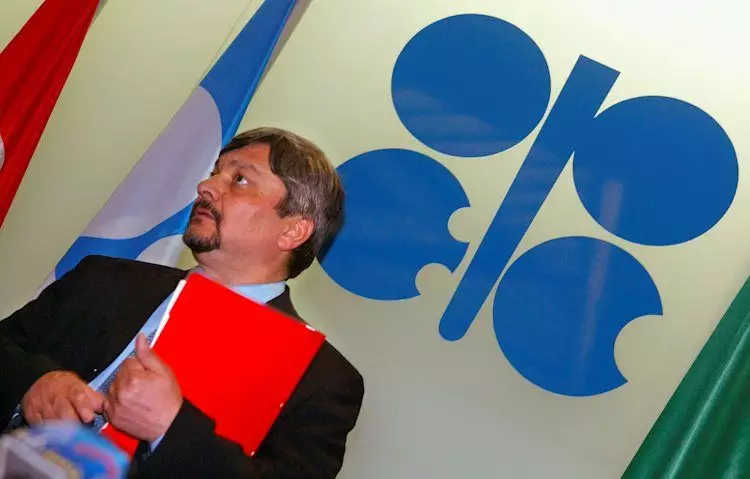The crude oil market finds itself at a critical juncture, with factors such as the potential oversupply in the United States colliding with persistent geopolitical tensions, particularly highlighted by the ongoing strife between Russia and Ukraine. This scenario creates a landscape characterized by uncertainty, as traders grapple with the implications of a looming oil surplus against the backdrop of risks from global conflicts. While the oil prices have seen fluctuations, the fundamentals of supply and demand continue to play a crucial role in determining the market’s direction.
Recent reports from the International Energy Agency (IEA) forecast that by 2025, the global oil market could experience a surplus exceeding one million barrels per day. This projection raises significant concerns about the ability of prices to maintain an upward trajectory amidst burgeoning supply. Geopolitical factors, particularly the enduring conflict between Russia and Ukraine, add another layer of complexity to the already challenging landscape, emphasizing the intertwined nature of energy markets and international relations.
The recent escalation of tensions, now marked by the 1,000th day of conflict between Russia and Ukraine, has notably influenced oil prices and global sentiment. Traders remain acutely aware of the potential ramifications stemming from this geopolitical strife. The emergence of new threats to the stability of oil supplies, alongside ongoing discussions of ceasefire agreements, particularly involving the U.S. proposal that has garnered tentative interest from both Lebanon and Hamas, highlights the precariousness of energy security in today’s world.
The current state of affairs poses risks to both supply disruptions and price volatility. As the market grapples with these elements, the recovery of the U.S. Dollar, which may stem from safe-haven investment strategies, further complicates the interplay of factors influencing oil prices. A stronger dollar traditionally exerts downward pressure on oil costs, making it more expensive for countries trading in currencies other than the dollar.
The physical pricing of crude oil also exhibits notable variations, especially with West Texas Intermediate (WTI) Midland prices recently touching highs not seen since late September. Market participants attribute this rise to unforeseen production cuts in Kazakhstan and Norway, which have prompted a shift in supply dynamics. Such physical price adjustments signal traders to remain vigilant regarding supply changes, as they often lead to immediate reactions within futures markets.
Moreover, the impending release of the American Petroleum Institute (API) weekly crude stockpile numbers adds another layer of focus for investors. Expectations for a build of 0.8 million barrels contrast sharply with the previous week’s drawdown—this divergence could influence trading strategies as analysts interpret supply signals. Markets may react in anticipation as the API data is closely monitored to gauge real-time shifts in supply-demand fundamentals.
Navigating the technical landscape of crude oil prices reveals critical support and resistance levels that traders should monitor closely. Currently, crude oil is inching downwards from prior highs, with resistance pegged at approximately $70.05, marked by the 55-day Simple Moving Average (SMA). If prices manage to breach this threshold, the next formidable barrier emerges at $73.17, corresponding with the 100-day SMA. The potential for prices to approach the 200-day SMA at $76.56 remains speculative, hinging heavily on external factors intensifying further.
On the flip side, should crude oil breach support near $67.12—an area well-tested earlier this year—the prospect of hitting year-to-date lows at $64.75 may come into play. Such technical levels act as crucial indicators for both market sentiment and potential trading strategies, thus underscoring the importance of continuous market monitoring.
The crude oil market finds itself navigating a complex web of supply-glut worries and geopolitical uncertainties, compounded by currency fluctuations and market sentiment. The intersection of these factors creates a challenging environment for traders, who must weigh technical signals against fundamental realities. As we look toward the future, the equilibrium of supply and demand, coupled with international developments, will be pivotal in determining the trajectory of oil prices. Investors must remain astute and responsive to the evolving dynamics to effectively navigate this volatile landscape.

